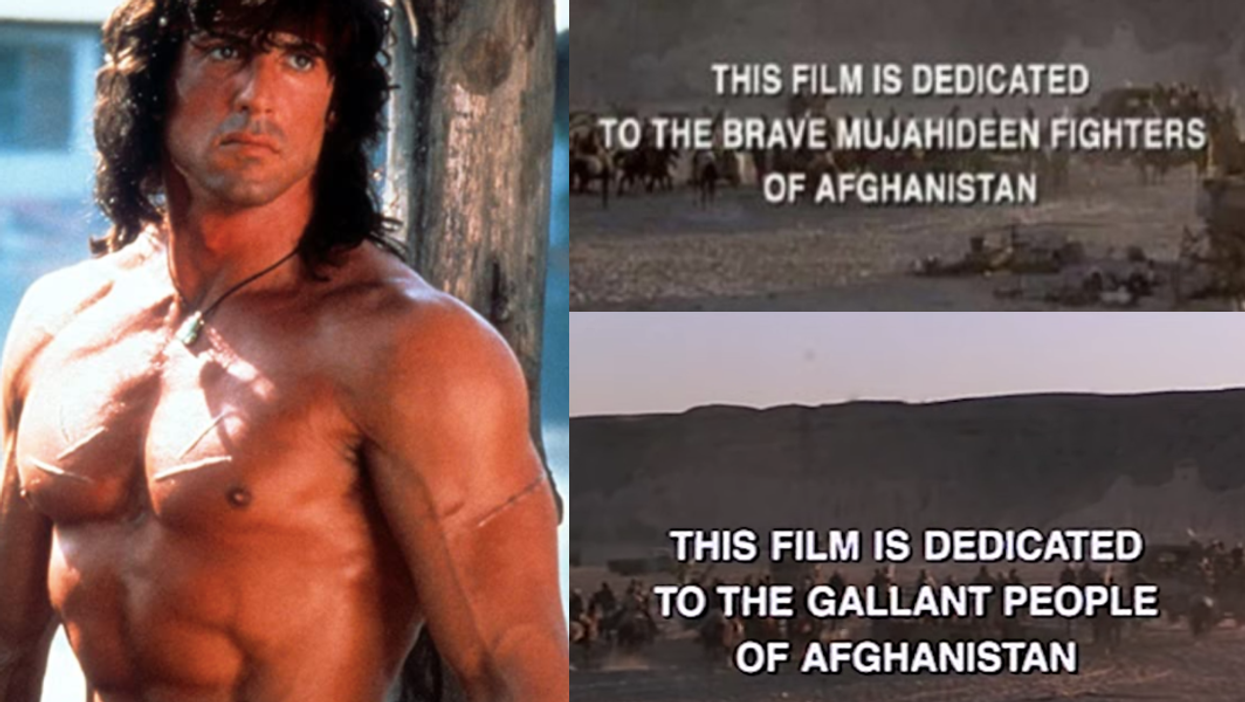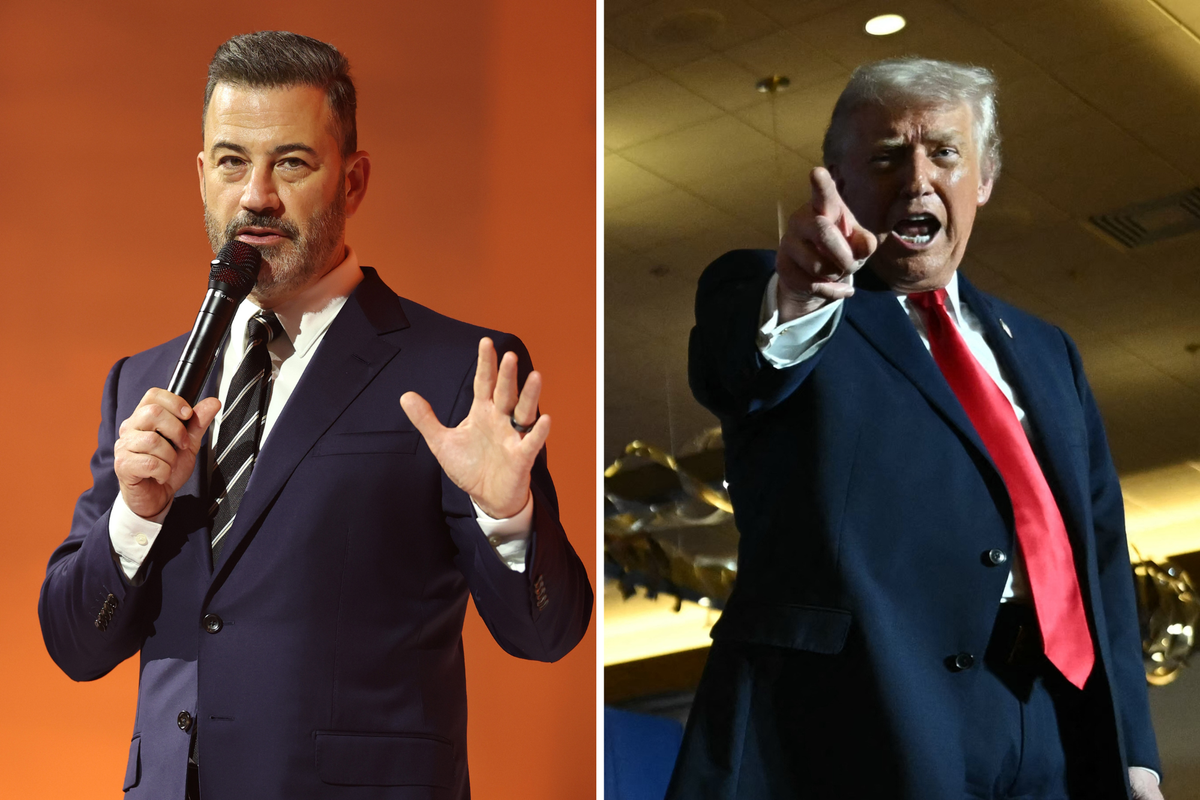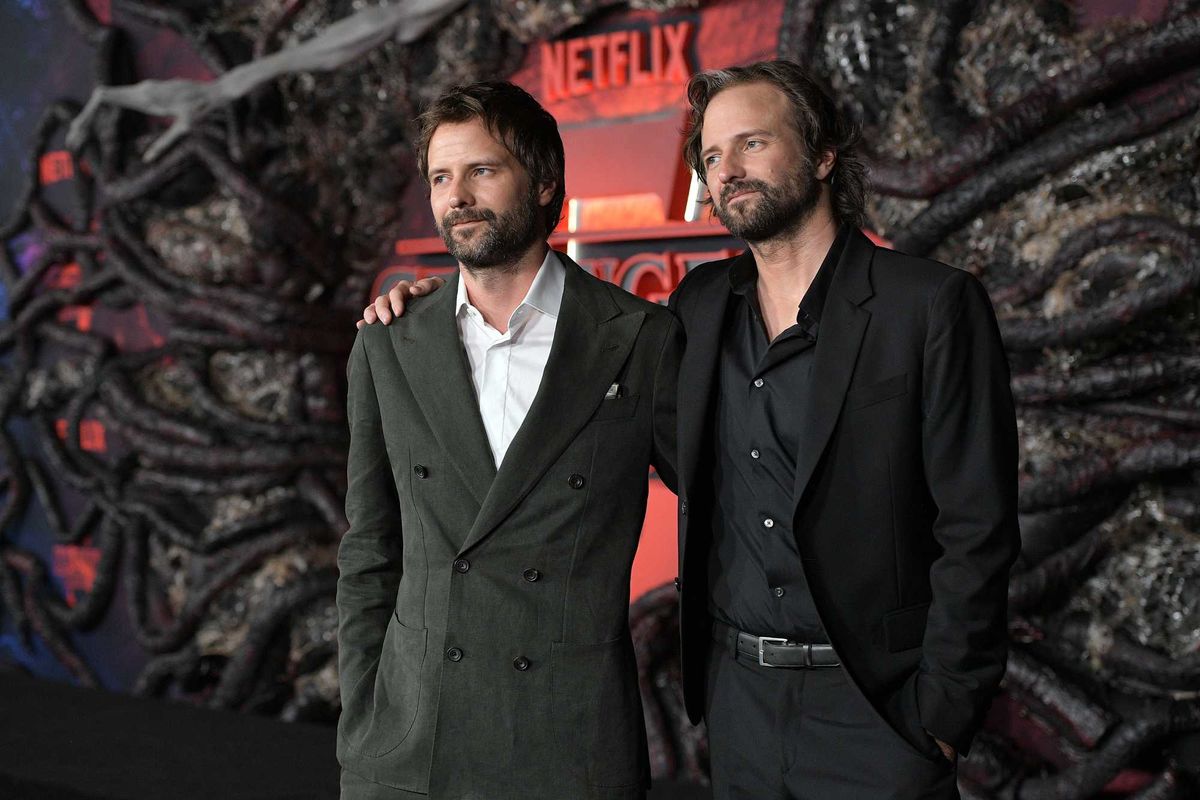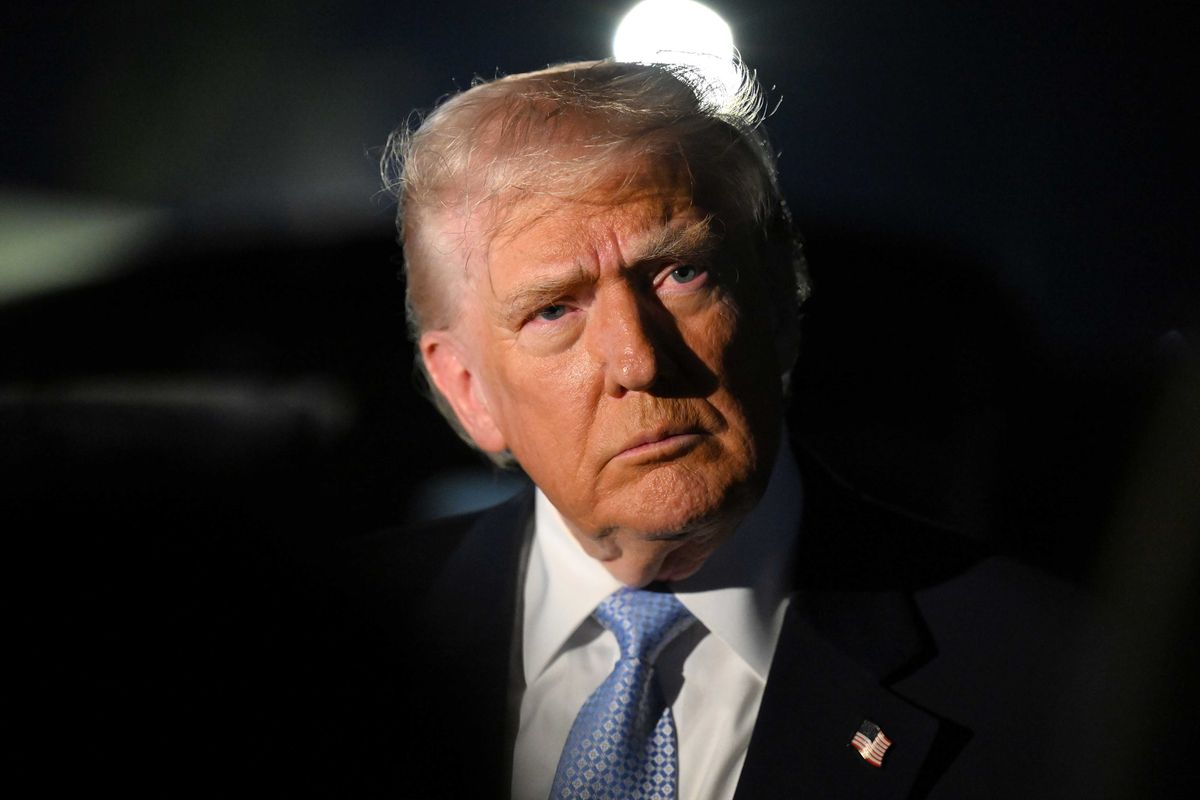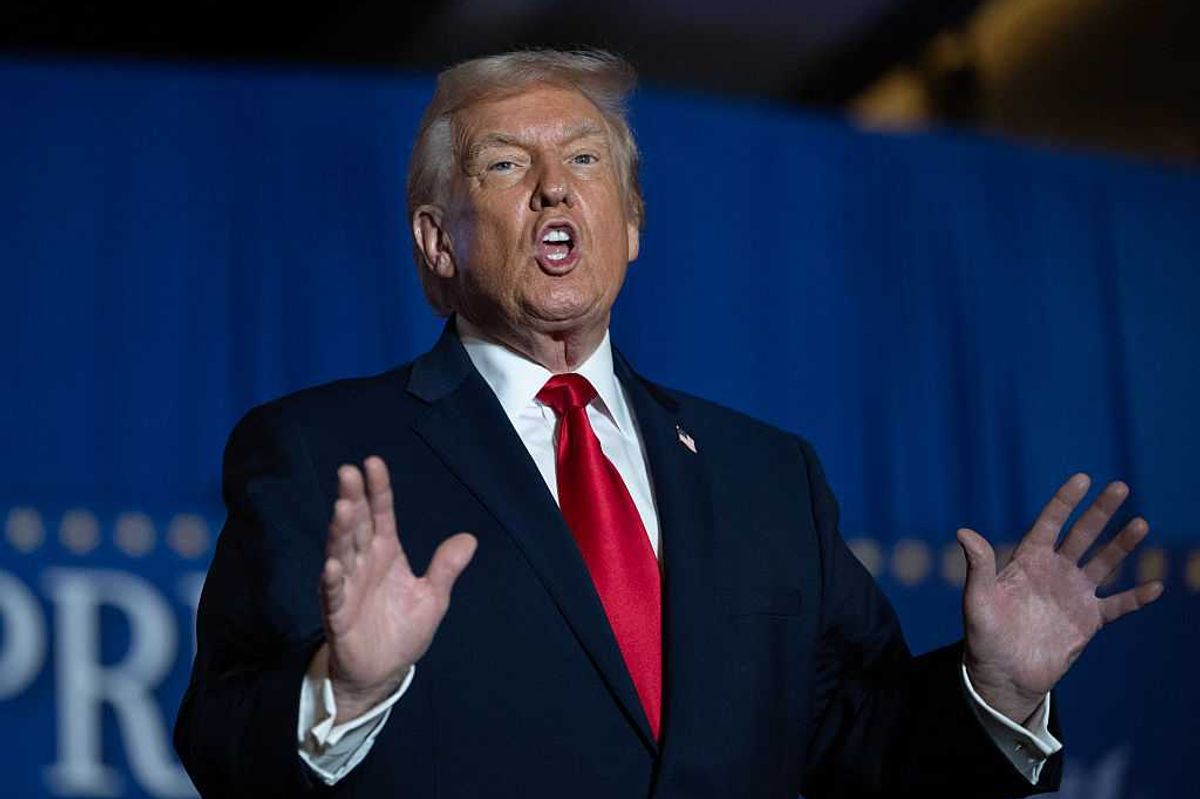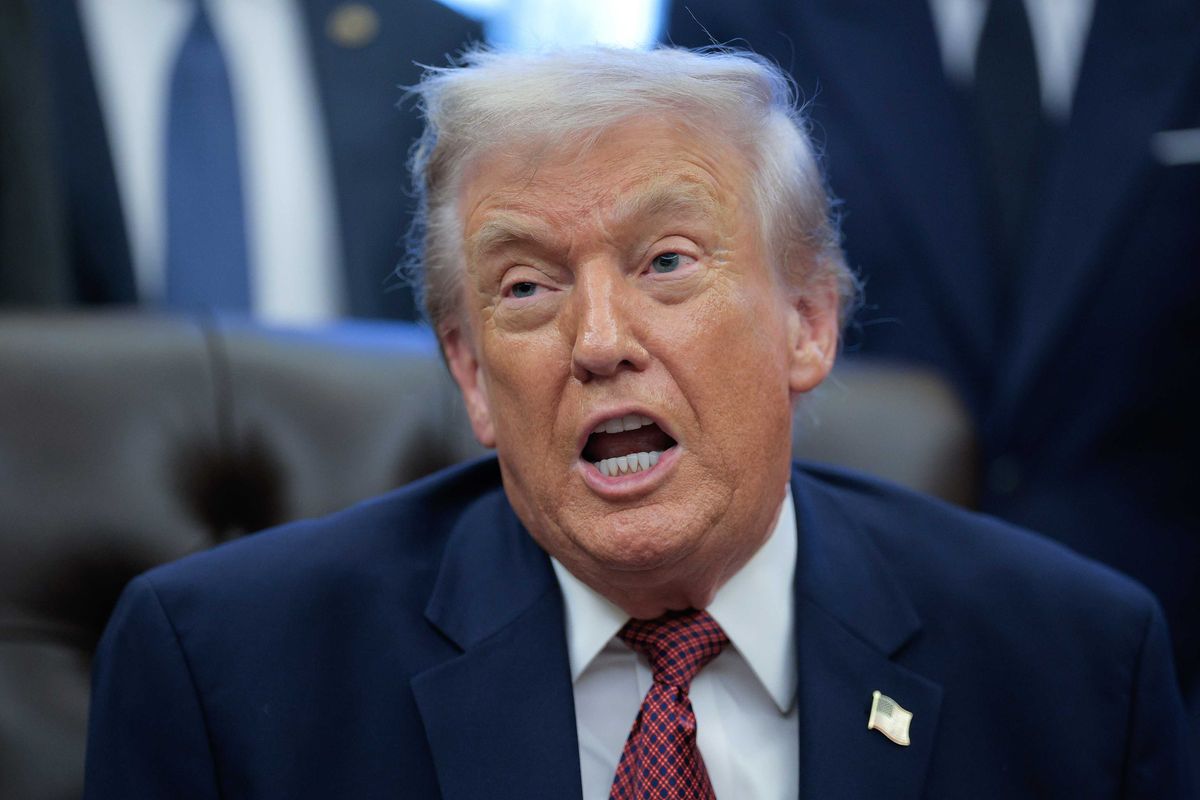The re-emergence of the Taliban and their ruthless seizure of power in Afghanistan has shocked the world, especially due to the chaotic and distressing scenes at Kabul airport as people attempted to flee for their lives.
Since the invasion of Afghanistan in 2001 by US forces, the Taliban haven’t been a frequent fixture in the news cycle, like they had been previously. However, it is no secret that Afghan insurgent forces were assisted by the United States during the Afghan-Soviet war of the 1980s.
You might not think that this odd alliance and period in US foreign policy history would be celebrated much, given everything that has happened since, but it does crop up in the most unlikely of places; A Rambo movie.
At the height of the 1980s action movies craze, Rambo was one of the biggest franchises in Hollywood, with the troubled Vietnam veteran John Rambo quickly becoming an enduring icon and, for what it’s worth, was played with great pathos by Sylvester Stallone. Despite the bloodthirsty nature of the films, the overriding message is predominantly that wars are bad as we see Rambo’s PTSD and inner turmoil ultimately means that he cannot live a normal life and is forced into a life as a mercenary.
As the series progressed, Rambo found himself involved in conflicts all over the globe and in Rambo III he found himself fighting alongside Afghan insurgents, known as the Mujahideen (the group would later splinter off and form the Taliban), as they fought off the threat of the Soviets but also rescue his best friend, Col. Sam Trautman. Amazingly, with a budget of $58 and $63 million, this was one of the most expensive movies ever made at the time and it won’t come as a surprise for you to learn that Rambo successfully completes his mission, befriends the Mujahideen and leaves as a hero.
Perhaps the most surprising element of the movie came right at the very end. As Rambo and Trautman ride off into the sunset and bid farewell to their newfound Afghan friends, a title appears on the screen which has become something of an urban myth in the years since.
If you happened to search for Rambo III on Twitter in the past few days you will have seen a screenshot accredited to the film which reads: “This film is dedicated to the brave Mujahideen fighters of Afghanistan.” Indeed it was shared by many people including acclaimed Brazilian director Kleber Mendonça Filho.
However, if you were to try and track down a copy of the film now you’ll be greeted with a message that instead reads: ‘This film is dedicated to the gallant people of Afghanistan .’ So which is the actual credit at the end of the film? Well, the credits have become something of an online dispute, resulting in some bold accusations about where the two different credits came from.
Some claim the credit at the end of the film was changed after the 9/11 attacks due to the Mujahideen’s connections to the Taliban and Al-Qaeda, the group who claimed responsibility for the attacks on the US. That very claim has carried a lot of credibility over the years and has even cropped up in a book called Fictions of War by Tatiana Prorokova.
This claim is very inconclusive as reviews of the film published at the time of its release which are still available onThe Washington Post and The New York Times show that the credit was for the film in 1988 was dedicated to the ‘gallant people of Afghanistan’ and not the ‘Mujahideen fighters.’
An extensive investigation was carried out by the YouTube channel AngelDust, which was posted in 2019, where the user purchases several VHS and DVD copies of the film that were released before 9/11. All the copies show that the film is dedicated to the ‘gallant people of Afghanistan.’
Therefore, we have to conclude that the film was always dedicated to the ‘gallant people of Afghanistan’. Although the film does portray the Mujahideen in a positive light it stops short of dedicating the entire film to the insurgent group. The Mujahideen dedication that has been thrown around the internet for years now is likely to be nothing more than an elaborate but believable hoax that is likely to gain more traction now that the Taliban have returned to prominence.
